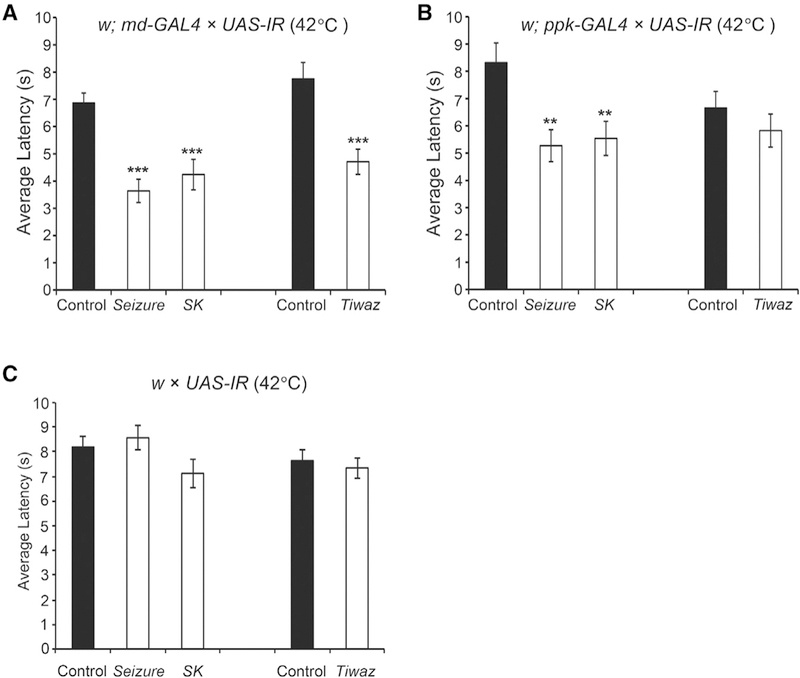Figure 1. Thermal Nociception Responses of K+ Channel Knockdown Larvae.

(A) In response to a noxious temperature (42°C), larval crossed progeny from w; md-Gal4; UAS-Dicer2 and UAS-IR lines targeting seizure (P{KK105733}v104698) or SK (P{KK107699} v103985) show reduced latency compared to control animals. One-way ANOVA with Dunnett’s test, ***p < 0.001. Larval crossed progeny from w;md-Gal4; UAS-Dicer2 and a UAS-IR line targeting tiwaz (P{TRiP.JF01867}) show hypersensitivity to 42°C noxious heat compared to control animals. Student’s t test, ***p < 0.001.
(B) The average NEL latency of larval progeny from w; ppk-Gal4; UAS-Dicer2 crossed to UAS-IR lines targeting SK, seizure, and tiwaz when stimulated with a 42°C probe. SK-RNAi and seizure-RNAi animals show reduced latency to perform nociception behaviors compared to control animals. One-way ANOVA with Dunnett’s test, **p < 0.01. tiwaz-RNAi animals do not show significant hypersensitivity to noxious heat compared to control animals. Student’s t test, p = 0.29. Data are presented as mean ± SEM.
(C) UAS-IR RNAi transgenes alone do not show thermal nociception defects. Control strains from the VDRC-KK and TRiP collections and RNAi transgenes targeting SK, seizure, and tiwaz were each crossed to the w1118 strain. No difference was detected relative to the control animals. Oneway ANOVA with Dunnett’s test. Similarly, animals carrying the UAS-IR transgene targeting tiwaz in the absence of the driver are not different from the control strain. Data are presented as mean ± SEM, see Table S2 for sample sizes.
